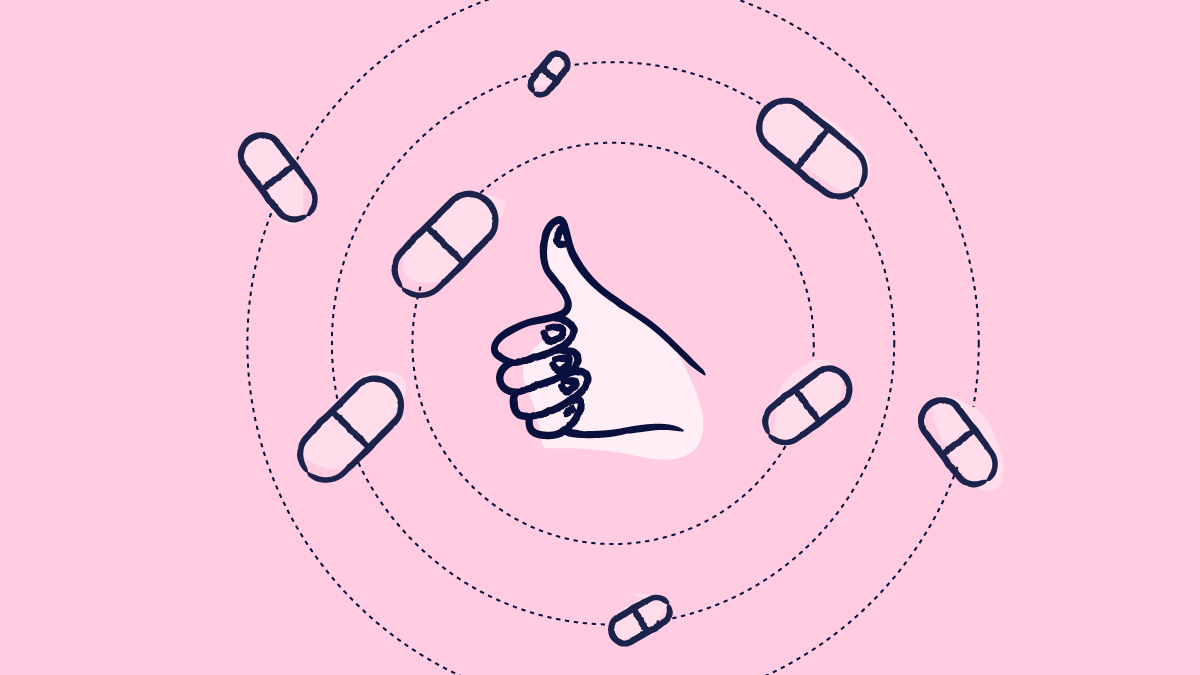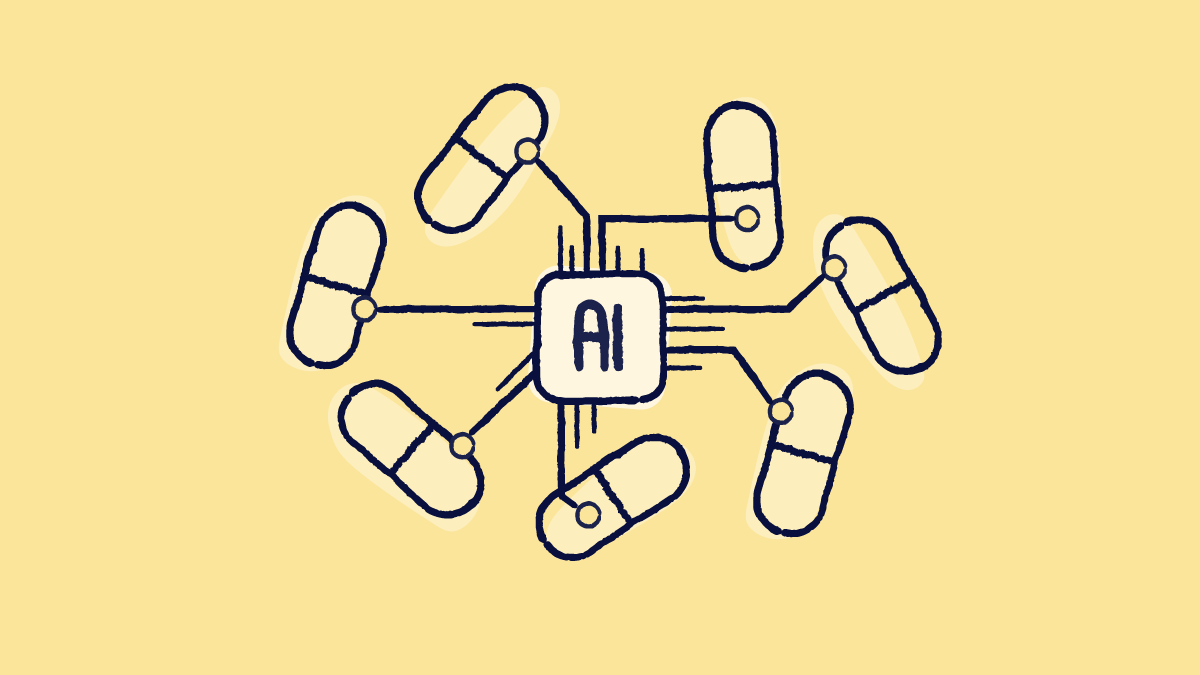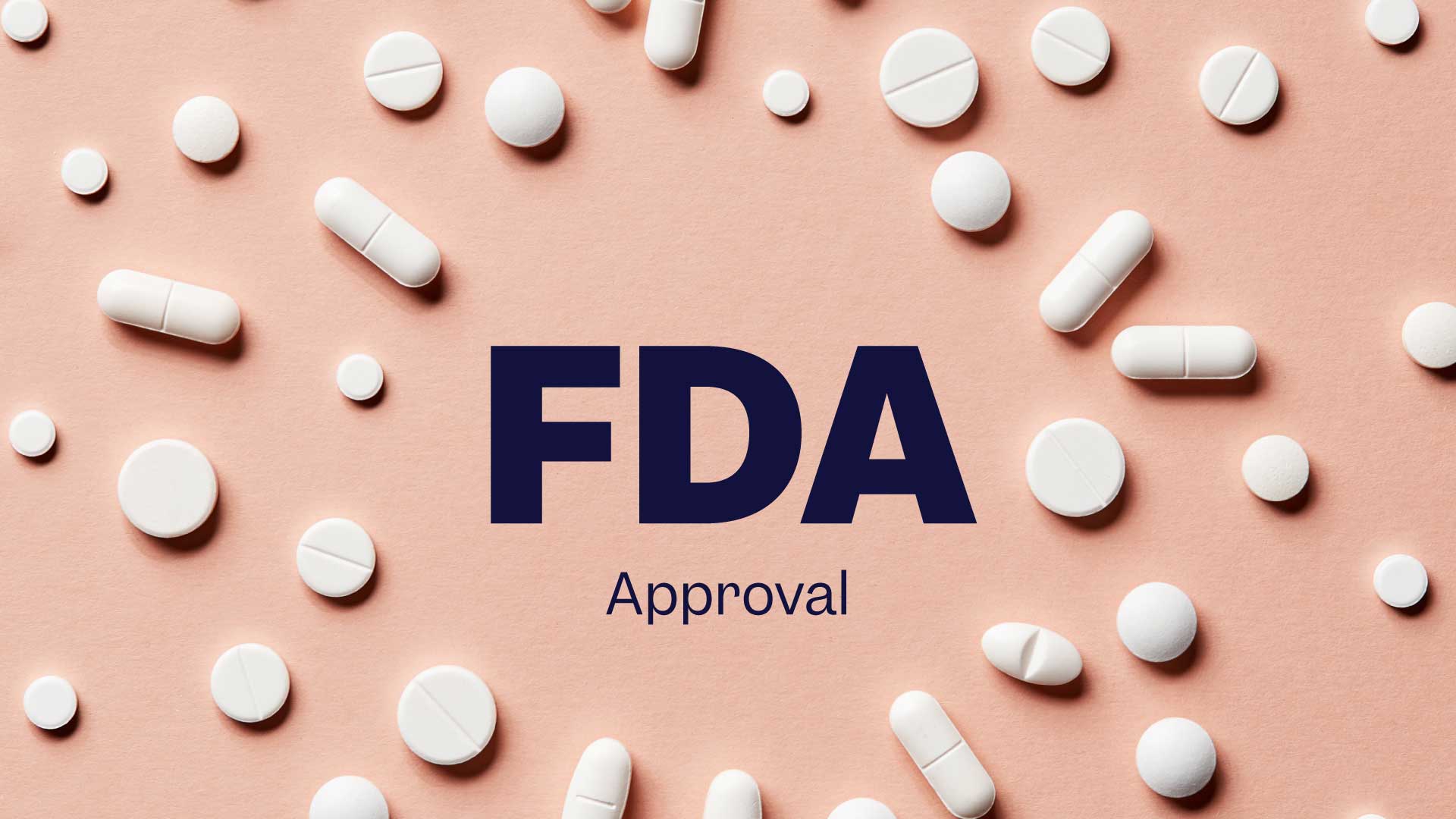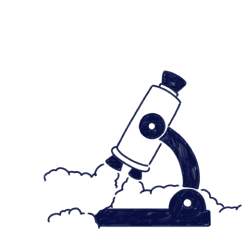
What is pharmacovigilance?
Before we dive into what Good Pharmacovigilance Practices (GVP) are, it’s important to first explain the term pharmacovigilance.
Pharmacovigilance is the science and actions taken to prevent adverse effects of pharmaceutical products. In life sciences, especially pharmaceuticals, pharmacovigilance is the active data collection, assessment, understanding, detection, and eventual prevention of any medicine-associated issues. Pharmacovigilance is also often referred to as drug safety.
However, pharmacovigilance is not only about drug safety. According to the WHO, the scope of pharmacovigilance also includes medication errors, counterfeit medications, ineffective medications, faulty blood products, and herbal medicine toxicity, among others. With the market being so vast, maintaining pharmacovigilance is a challenging task for any region.

And if you’d like to dive deeper, don’t miss our handbook!
What is Good Pharmacovigilance Practice?
Through Good Pharmacovigilance Practices (GVP) and other regulations, the European Union ensures pharmacovigilance is maintained at the central and national levels throughout Europe.
Good Pharmacovigilance Practices are a set of modules that provide specific guidance for establishing and maintaining pharmacovigilance actions taken by medical product marketing authorization holders.
The EU authorities published several guidance documents for proper GVP system implementation for the general pharmacovigilance process and specific products.
Purpose of GVP
Good Pharmacovigilance Practice is a key system component for any medicine-producing establishment. It's a basic and integral concept that ensures medicinal products are as safe as possible and avoid serious adverse events.
According to the EU, GVP's primary purpose is to prevent adverse effects from the authorized use of pharmaceutical products and to promote their safe and effective use.
It is also a tool to guide and assess pharmaceutical companies' pharmacovigilance efforts. The EU provides templates for each of the good pharmacovigilance modules.
As such, companies know what is expected of them and can create a solid pharmacovigilance quality system.
GVP also standardizes the process for all EU member states and some neighboring countries.
GVP principals
While different organizations worldwide have varying regulations regarding pharmacovigilance, they are similar in spirit. The EU sets up its pharmacovigilance requirements around the GVP principles.
In the EU, good pharmacovigilance practices should follow these principles:
- In terms of medication safety, the needs of patients, the general population, doctors, and other healthcare professionals come first.
- Active executive efforts should be employed to establish proper quality systems for drug safety, and companies should be encouraged to create a safety-prioritizing environment.
- Every organizational member should be aware of and active in maintaining the quality of the pharmacovigilance system. There should be clear task appointments and follow-ups.
- Aspiring to continuous quality improvement is an important factor in pharmacovigilance. The organization's activities should reflect the quality cycle.
- A structured approach to the pharmacovigilance quality system should be applied. The system should be proactive, sustained, and risk-mitigating, with core pharmacovigilance standards.
- The risk-benefit ratio should be considered seriously, and conscious efforts should be made to improve the benefits and reduce risks. It should also be a major factor behind decision-making.
- Cooperation with regulatory authorities, public health organizations, hospitals, healthcare professionals, and other relevant bodies should be maintained.
Structure of GVP
Pharmacovigilance is a massive concept. However, given its importance in keeping the public safe, each aspect of pharmacovigilance should be executed with equal care.
The EU authorities divided the pharmacovigilance process into several major segments or modules for convenience and thoroughness. Each module has necessary guidance, including structures, processes, and EU operations.
GVP modules
GVP modules contain all information or direction regarding the topic of that module. Each modules have three sections. Here is how they are structured:
GVP modules
- Section A: Explains the topic from a scientific, technical, and legal point of view.
- Section B: This section provides more information on the related process. It describes the science and practices associated with the module's pharmacovigilance concept, corresponding EU regulations, standards, regulatory requirements, etc.
- Section C: Contains directions regarding EU regulation, such as formats, submissions, assessments, etc.
The GVP modules are numbered from module I to XVI.
GVP quality management system
Each organization has its own way of maintaining GVP. However, we recommend taking the following steps to create a pharmacovigilance quality system.
- Creating a documented quality system.
- Employing document control during the documentation process to ensure accuracy.
- Providing adequate resources and training for associated employees and the facilities and equipment available.
- Having a compliance management team.
- Having a record management system.
- Risk assessment audits are done randomly, and appropriate corrective and preventive actions are employed.
- Establishing communication across the organization.
- Auditing for non-compliance with GVP and taking appropriate actions.
- Auditing at regular intervals.
How to comply with GVP
GVP compliance is crucial for public safety and quality maintenance and advancement. A good quality management system and risk management system are adequate for ensuring GVP.
However, to ensure compliance with the GVP expectations within the EU, additional steps must be taken. These are called compliance management and involve having specific QMS steps in place.
For compliance management, the EU suggests regular monitoring of pharmacovigilance data in terms of risks and taking precautionary actions. They also encourage regular clinical research to find probable adverse effects of medicinal products. Accurate and detailed submission of any noted adverse effects should be submitted to the authorities as part of GVP.
These actions and informative marketing of the medications should prove GVP compliance with EU authorities.
Conclusion
Leaders in the life sciences industry have much to consider when it comes to Good Pharmacovigilance Practices (GVP). Given the high stakes, organizations often turn to digital QMS systems to change pharmacovigilance from a document-heavy and manual process into a streamlined, automated, and audit-ready system that ensures compliance, enhances data integrity, and accelerates decision-making. It’s the most effective way to proactively manage patient safety while meeting regulatory expectations for GVP.
Curious to discover how an eQMS can help you stay GVP compliant? Discover our solution!







